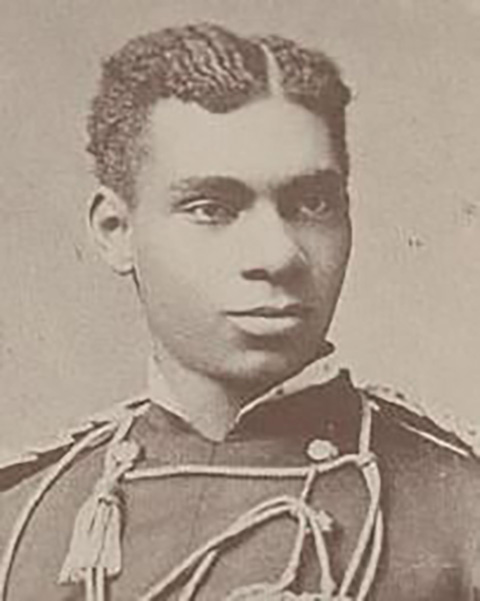Dr. Deirdre Dlugonski
University of Kentucky
The new year has begun, which means 2024 goals have been set. One of the most common New Year’s resolutions among adults is to set fitness goals.
Adding physical activity into your daily routine can promote better sleep, improve mental health and boost energy levels. Regular exercise can also help lower the risk of health conditions like high blood pressure, stroke and type 2 diabetes.

While most people recognize the benefits of regular exercise, the challenge can be getting started and sticking to it. It’s easy to think about starting a new fitness journey but it’s sometimes difficult to begin incorporating it in our lives.
But the good news is, there are some steps to take to help get started.
• Start slow – Think slow and steady wins the race. Slowly build up the intensity level of the fitness routine. Begin by adding additional movement into the day. For some, this might look like adding a walk into their routine every day. From there, they might begin adding an activity with higher intensity such as interval training or weightlifting. Remember, some movement is better than no movement.
• Include a variety of activities that you enjoy – It’s important to include different activities in an exercise plan. This helps with not becoming bored of fitness routines and also helps prevent injuries. With each workout, focus on a different part of the body and different intensity levels. For example, walking one day, weightlifting the next, and riding a bike the following day. More importantly, find activities that you enjoy. This will help with staying consistent and having a positive mindset toward exercise.
• Allow time for recovery – Remember to allow time for recovery. It’s easy to get ahead of ourselves when starting on new fitness goals, but this can lead to working out too long or too hard. Plan time in between workout sessions to allow the muscles to rest and recover. On rest and recovery days it is important to continue drinking water and staying fueled with proper nutrition.
Dr. Deirdre Dlugonski, Ph.D., is an assistant professor of athletic training in the UK College of Health Sciences and coordinator for the Active Women’s Health initiative with the UK Sports Medicine Research Institute.

















